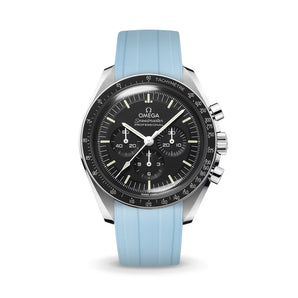This is the story of how the Tissot PRX Rubber Strap came to be, and also the start of the Delugs Rubber line-up.
"Probably not, to be honest..."
It all started in September 2021, almost one year ago, when we first launched the Vacheron Constantin Overseas leather straps. I got a message from one of our customer, saying that we should look into making straps for the Tissot PRX. I immediately dismissed it, for the simple fact that the watches were just <$1000. Who is going to buy a strap that costs over 10% of the price of a watch?

But after a little bit of digging into the Tissot PRX line, and chatting with other collectors, I realised that this wasn't just any other sub-1k watch. It was already a big hit amongst both new and seasoned collectors, and it was clear that Tissot was making a big push with the marketing of the PRX line.
And the worst (or best for us) part of the PRX? It came on a bracelet with quick release bars, but no other strap options. It was as though Tissot was begging strap makers to make 3rd-party straps for the PRX!
Leather Strap Development
So on 19 Sep 21, I bought myself my first Tissot PRX40, in blue dial, and was pleasantly surprised by the watch. The tapisserie waffle dial was very impressive (I'm a sucker for blue dials with texture), and the bracelet was decent.
On my 6.5 inch wrist, the bracelet didn't fit all too well, but I'm sure that a leather strap could fix that issue. After taking detail measurements of the watch, we quickly got to work on developing our first leather straps for the Tissot PRX. By now, we had done enough custom work on leather straps to know that while this was a little complicated to get right, it also wasn't too tricky because there wasn't the use of any special metal inserts in the strap. The strap just had to be made to fit into the notch of the Tissot PRX, and flow nicely from the case.
On Jan 22, after a few months of making leather strap samples for the Tissot PRX, we finally got it made to the standard that we wanted, and opened the strap up for custom order. Immediately people started purchasing these custom straps, and I knew that my initial assumption, that people won't purchase an expensive strap for this inexpensive watch, was wrong.
A new strap for the Tissot PRX significantly expanded the possible ways to style up the watch, and it didn't matter that the watch was priced at the sub-1k range. Tissot probably realised this as well, and in Mar 22 they announced the release of their OEM leather straps for the PRX, made with a metal insert for a more snug fit.
But the Tissot PRX was a sports watch, and sports watches do best on rubber straps and bracelets, not leather! So if this was the demand from the watch community for leather strap, imagine how much more people would want a rubber strap? It was also clear from the comments and in the hundreds of private DMs that I had with PRX owners, that rubber strap was what they were really looking for.
There was only one problem - Delugs specialise in leather straps, not rubber. The only non-leather option we had at that point of time was our Waxed Canvas straps! I knew that developing and producing rubber strap was a whole different animal compared to leather straps, and up to this point we hadn't seriously considered developing our own line of rubber straps. But hearing the feedback from the community, it was clear that people wanted needed rubber straps for the PRX.
Beginning our Journey into Rubber Straps
While we were experts in leather straps by now, we were starting from the ground up in terms of rubber strap development. We spoke to many different partners that we had worked with over the years, looked for new factories that specialised in rubber, and asked them if they would develop rubber straps for the Tissot PRX.
Most factories straight out rejected us, because if there wasn't an existing strap design for us to work off, these factories had to design the strap from scratch. And there must be a reason why Tissot themselves didn't release rubber straps for the PRX when they first launched the watch, right?
For the factories that were kind enough to entertain us, after realising that we were serious about rubber strap development, asked why we didn't just make rubber straps for Rolex instead? Why jump straight into making rubber straps for a relatively new and untested watch that was priced so low, with uncertain demand and no existing rubber straps even from the brand themselves? Why not start with something much easier, like straps for the Rolex Submariner? It's almost as though we took masochistic delight in giving ourselves the most difficult task we knew, and seeing how that worked out.
After a little bit of internal reflection, here's why. Ultimately, we didn't want to just produce straps and accessories that were already readily available on the market, slap our logo on it and call it a Delugs product. We have a desire to create things. We wanted to bring true value to the watch community, not compete in an already crowded space without bringing any innovation.
And what better way to value-add to the watch community, than to create a rubber strap for a readily accessible, highly sought after sports watch in the sub-1k price range, a strap that no one else makes? A way to bring the integrated, interchangeable strap system from the Vacheron Constantin Overseas to the masses, if you will. From a financial perspective, our approach probably didn't make much sense. But we knew that this was what the community would really appreciate from Delugs, and that was all that mattered.
Making Leather Straps vs Rubber Straps - What's the Difference?
A quick aside on the differences in how leather straps and rubber straps are made.
Leather Straps
In a nutshell, leather straps (or leathercrafting in general) are made by taking various raw components (top leather, padding, stiffener, lining leather, thread), assembling it all together, and cutting it to the right size.
Tools used are not specific to one particular strap - i.e. the same knife can be used to cut a regular strap to size, and also cut a PRX strap to size.
Each strap is made individually, which means that you can just make a single prototype, make adjustments if it doesn't fit, and make another prototype, without a significant increase in cost since the materials and tools are all the same.
Rubber Straps
In contrast, rubber straps are made via a process called injection moulding (a simple video here). First, a metal mold has to be fabricated into the shape of the final product. Next, rubber in liquid form is injected into the metal mold, and allowed to solidify into the shape of the mold. Finally, the finishing touches (clearing off excess bits) and assembly (buckle, spring bars) is done before the strap is completed.
The use of molds allow these straps to be made with extreme precision and consistency. However, it also means that if there were any mistakes and changes required, an entirely new mold has to be made. Also, different sizes would require different molds.
For production, factories typically require a much higher minimum order to ensure that its financially viable to go through the entire R&D process and to keep the machine running continuously. Taken together, this means that the upfront costs of developing rubber straps is very high.
R&D and Prototyping
After we finally found a factory that was willing to work with us on this project, we had many rounds of discussions and brainstorming sessions (way too many!) on how the strap could be made. Summarising months of discussion into a few lines:
- We had to decide on the type of rubber - FKM (Fluoroelastomers) rubber was the natural choice because it had the best properties for use in a watch strap. Most importantly, it was flexible, durable, and best of all, didn't attract dust! While it did come with a higher cost compared to silicon or lower-grade rubber, it was definitely worthwhile.
- The thinness of the case made it tricky to develop the straps, because rubber straps needed a certain level of thickness, or there would be high risk of tearing. We decided to bolster the attachment point with the case, and integrate it as part of the design.
- While most integrated rubber straps on the market today used regular spring bars (i.e. non-quick release), we knew that making these rubber straps with quick release spring bars was cardinal, in order to easily swap between the bracelet, rubber strap, and leather strap. The strap had to be designed to fit the quick release knobs, and still be sufficiently durable.
- We also had to decide on the texture of the strap, and because this texture would be fabricated into the mold, we could only pick one texture (unless we made multiple molds). We went with the Tropical strap-inspired textured, because it matched with the tapissiere dial of the automatic PRX.
In order to make the mold, we needed detailed measurements and 3D scans of the watch case, and had to provide the actual watches to the factories. Next, CAD engineers had to design the strap to fit perfectly with the case, and provide some allowance for the spring bars to fit within the strap. Once the design was confirmed, the mold was made and a sample strap was produced.

Our First Prototype - Almost There, but Not Quite

However, there were a few areas that needed improvement before we could release this to market.
- The prototype was made with a typical quick release spring bar (single knob), just like our leather straps. However, because the rubber was made to fit perfectly with the case, and there was very little flex on the rubber strap, it made installing the strap a little tough. We had to make the strap with double knobs for easier installation.
- The strap was made without any features for ventilation on the lining, which meant that moisture would build up over time. We decided to include horizontal grooves on the lining of the next prototype.
- The jagged edges of the Tropical strap didn't quite suit the aesthetic of the watch, and created additional wear marks, so we decided to make it a straight edge instead.
- The logo was debossed (pressed into) the lining, while the sizing information was embossed (raised surface). However, the debossed logo was not practical in use, as dirt could get trapped and was not easy to remove.
- The keeper was originally made with a smooth texture, which we decided to change to have the same tropical texture to match the overall aesthetic.
- In order to provide additional durability to the strap, we wanted to reinforce the strap holes by raising the edges of the holes.
Our Second Prototype - So Close, Yet So Far
And so we took all of the feedback, and went back to create a second prototype of the rubber strap (yes, that meant making a new mold). We also had to work with our spring bar factory to custom develop a quick release spring bar with double knobs to fit the strap. Finally, we decided to go with a different buckle compared to our regular strap, to better match the aesthetic of the Tissot PRX case.

After the second prototype was made and we had it on hand, we knew right away that a third prototype would be needed. While all of the other improvements proved to be the right move, our idea to raise the edges of the strap hole was practical from a durability point of view, but aesthetically, it just didn't look good.
Our weeks of stress-testing the first prototype also made us realise that the strap holes without the reinforcement were still sufficiently durable. In this instance, we made the decision to prioritise the aesthetics of the strap over a marginal improvement in durability. As much as we wanted to get the strap to market as quickly as we could, and not make yet another mold, we knew that we had to get the strap right.
Third Time's the Charm



(Spot the difference between the three prototypes.)
We received our third prototype in Aug 22, and after fitting it onto the watch and wearing it for a day, we knew that this was the strap that the Tissot PRX was meant to be worn on. All the minor details were finally done correctly, and the strap was ready for production.
Receiving our final prototype was truly an exciting, and even emotional, moment. I've had this idea in my head for such a long time, and so many collectors that I've spoken to had told me how much they would want a rubber strap for the Tissot PRX, and for Delugs to also start developing rubber straps.
To be able to transform an idea into an actual product has always been one of the most enjoyable and satisfying part of this journey, and the development of the Tissot PRX Rubber Strap is definitely the most challenging one thus far. I truly hope that the Delugs rubber strap will be a staple for all Tissot PRX owners, and maybe one day, even come stock with all Tissot PRX.

What's Next?
The work doesn't stop here. In fact, we are just getting started! We've only made straps for the 40mm PRX, but the 35mm PRX, and the PRX Chronograph are also out on the market, and desperately in need of some rubber straps. We will most likely make rubber straps for those watches too, even though the market might not be as large, just because we think that it's a crime that these watches do not come with a rubber strap.
Now that we have a better knowledge and expertise in rubber straps, got a better sense of how the whole process goes, and built up a relationship with different partners for rubber straps, we will also slowly but surely expand our rubber strap offerings.
In typical Delugs fashion, we don't want to release something that's identical to what's already on the market today, so you can expect us to bring our own take to the world of rubber straps. Yes, straps for Rolex sports models are in the works, and also generic rubber straps. We also have plans to tackle a few more challenging projects (Cartier Santos and Vacheron Constantin Overseas, I'm looking at you...)
In short, we are just getting started!
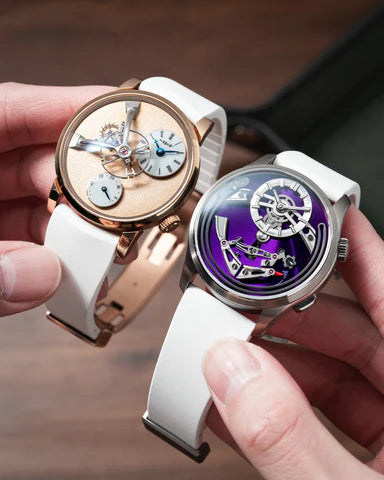

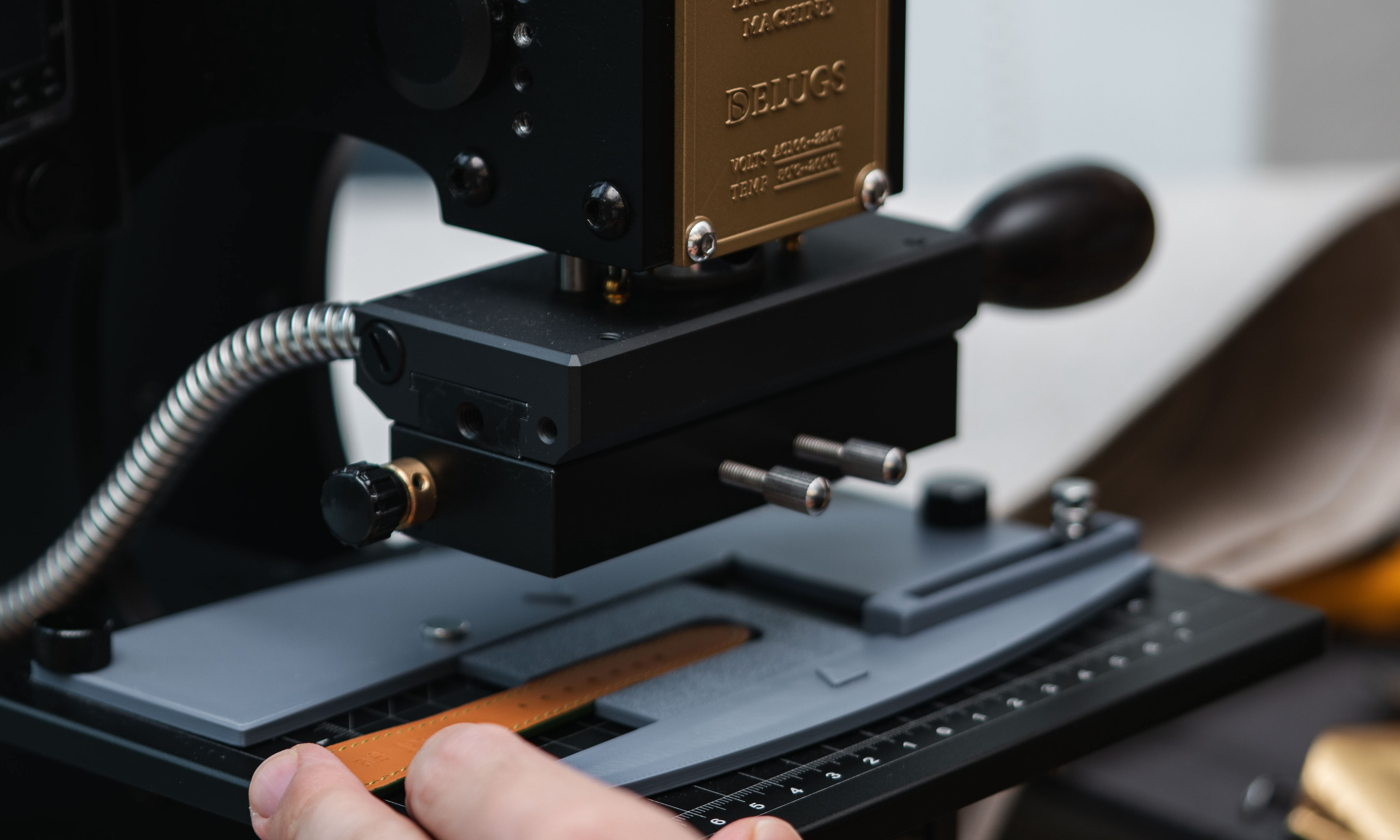



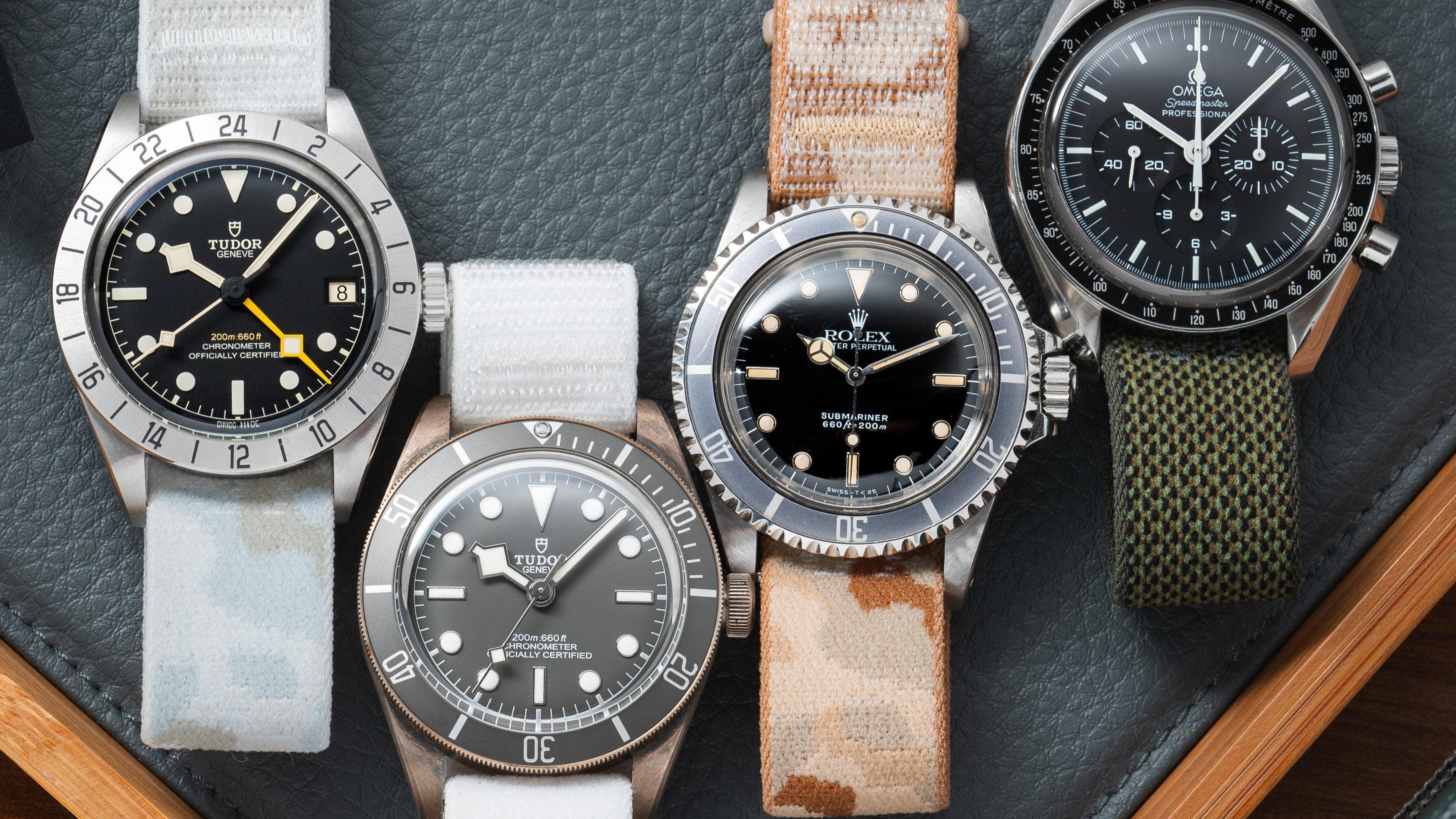
![Anthracite Hook Strap [kollokium x Delugs]](http://delugs.com/cdn/shop/files/20250919-A7405309_298x298_crop_center.jpg?v=1761299094)
![Anthracite Hook Strap [kollokium x Delugs]](http://delugs.com/cdn/shop/files/Kollokium_straps_Anthracite_1_298x298_crop_center.jpg?v=1761299094)
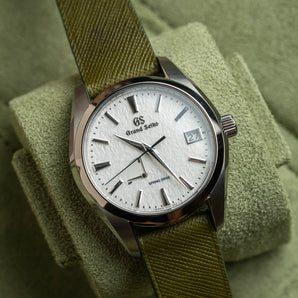
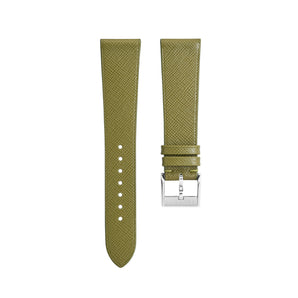
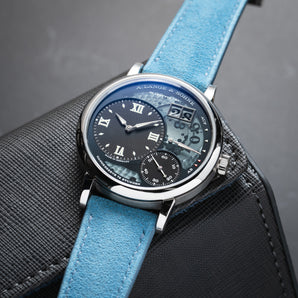
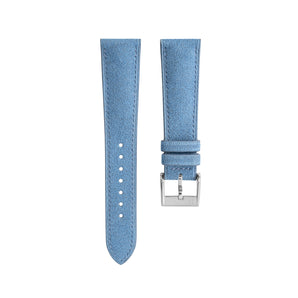
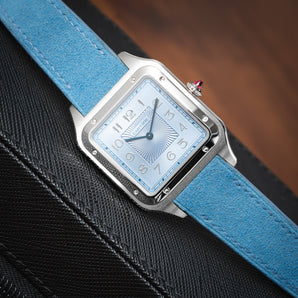

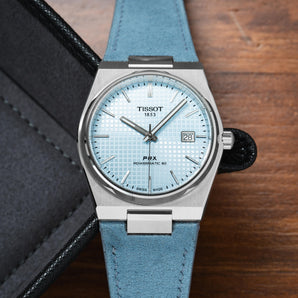
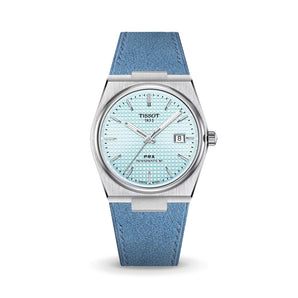
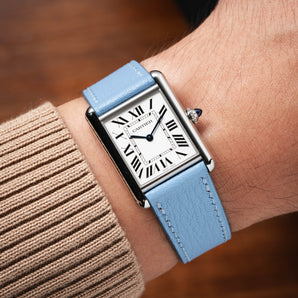
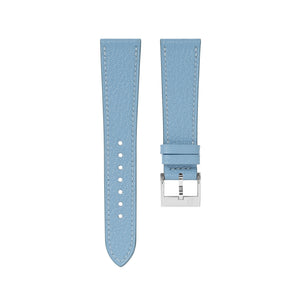
 Buy One, Get One 15% Off
Buy One, Get One 15% Off
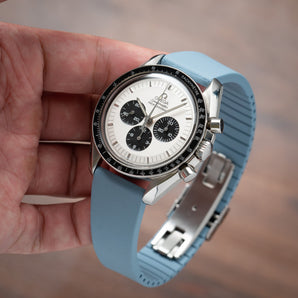

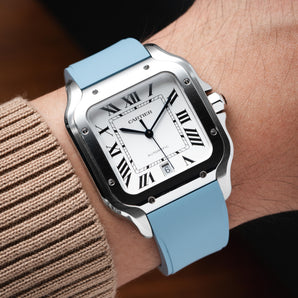
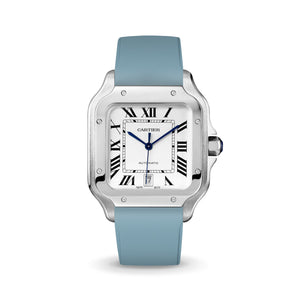
![Baby Blue CTS Rubber Strap for IWC Ingenieur [Prototype]](http://delugs.com/cdn/shop/files/20251001-DSC02482_1_298x298_crop_center.jpg?v=1759730616)
![Baby Blue CTS Rubber Strap for IWC Ingenieur [Prototype]](http://delugs.com/cdn/shop/files/IWC_Ingenieur_Rubber_CTS_Baby_Blue_298x298_crop_center.jpg?v=1759303635)

